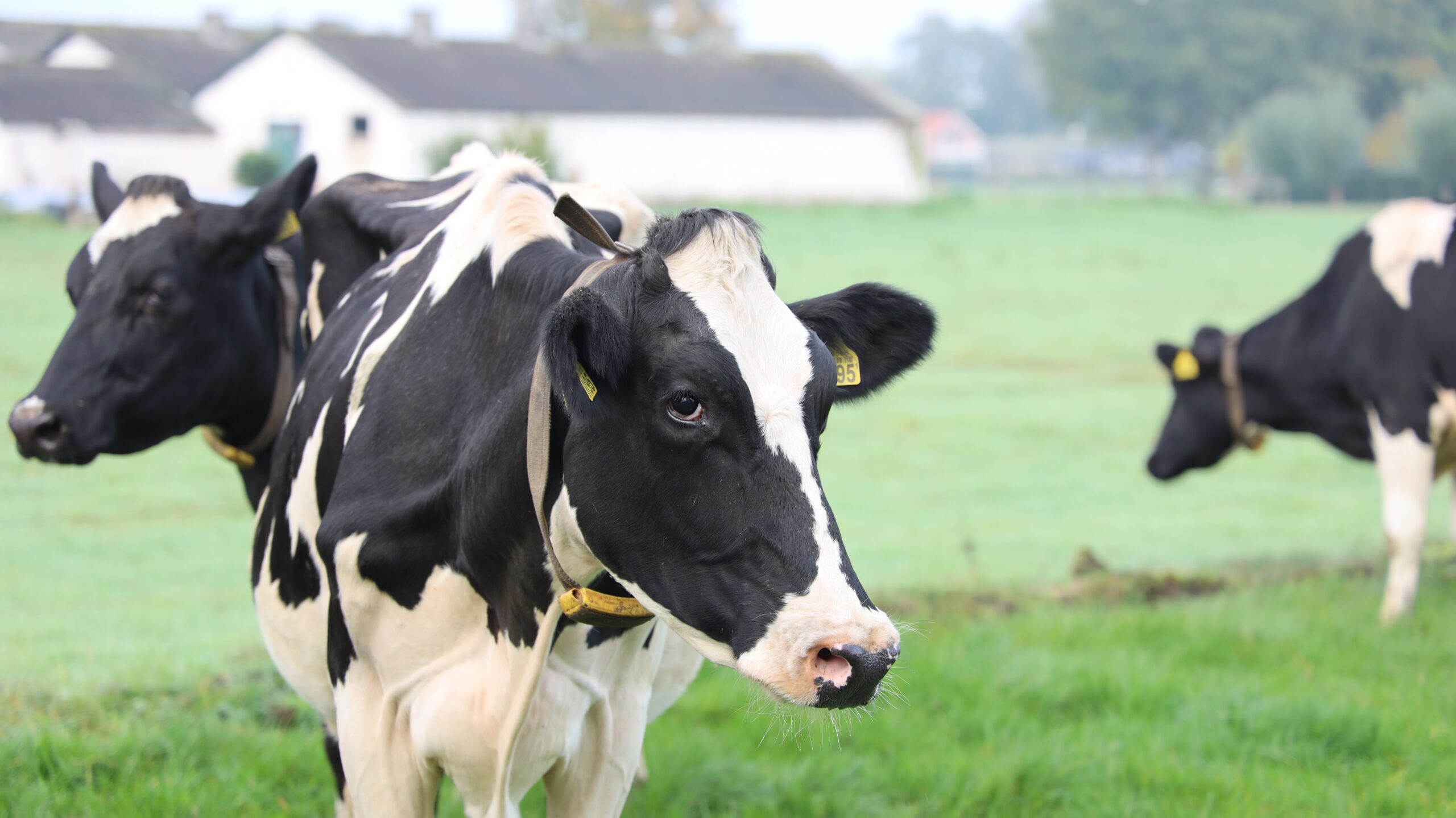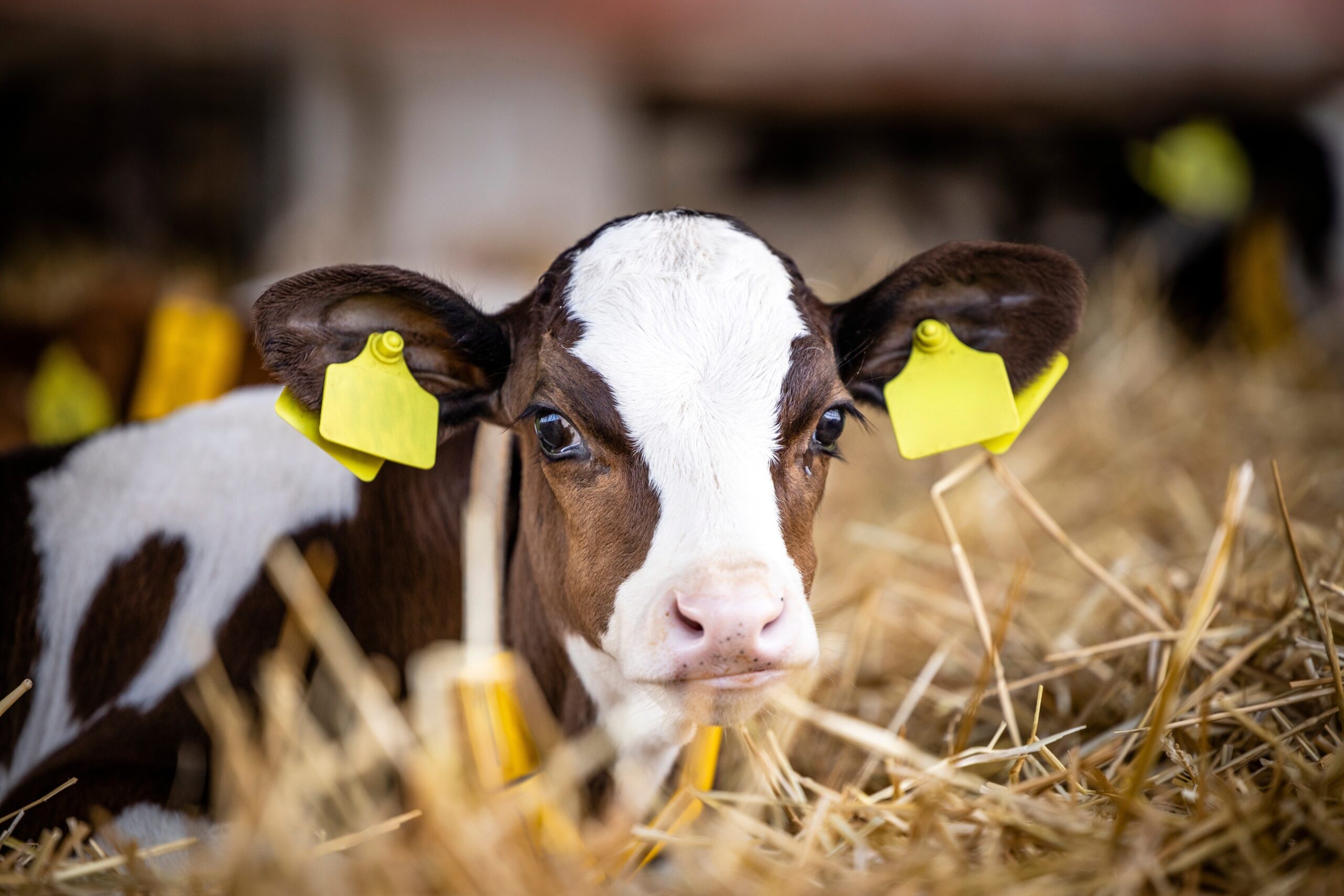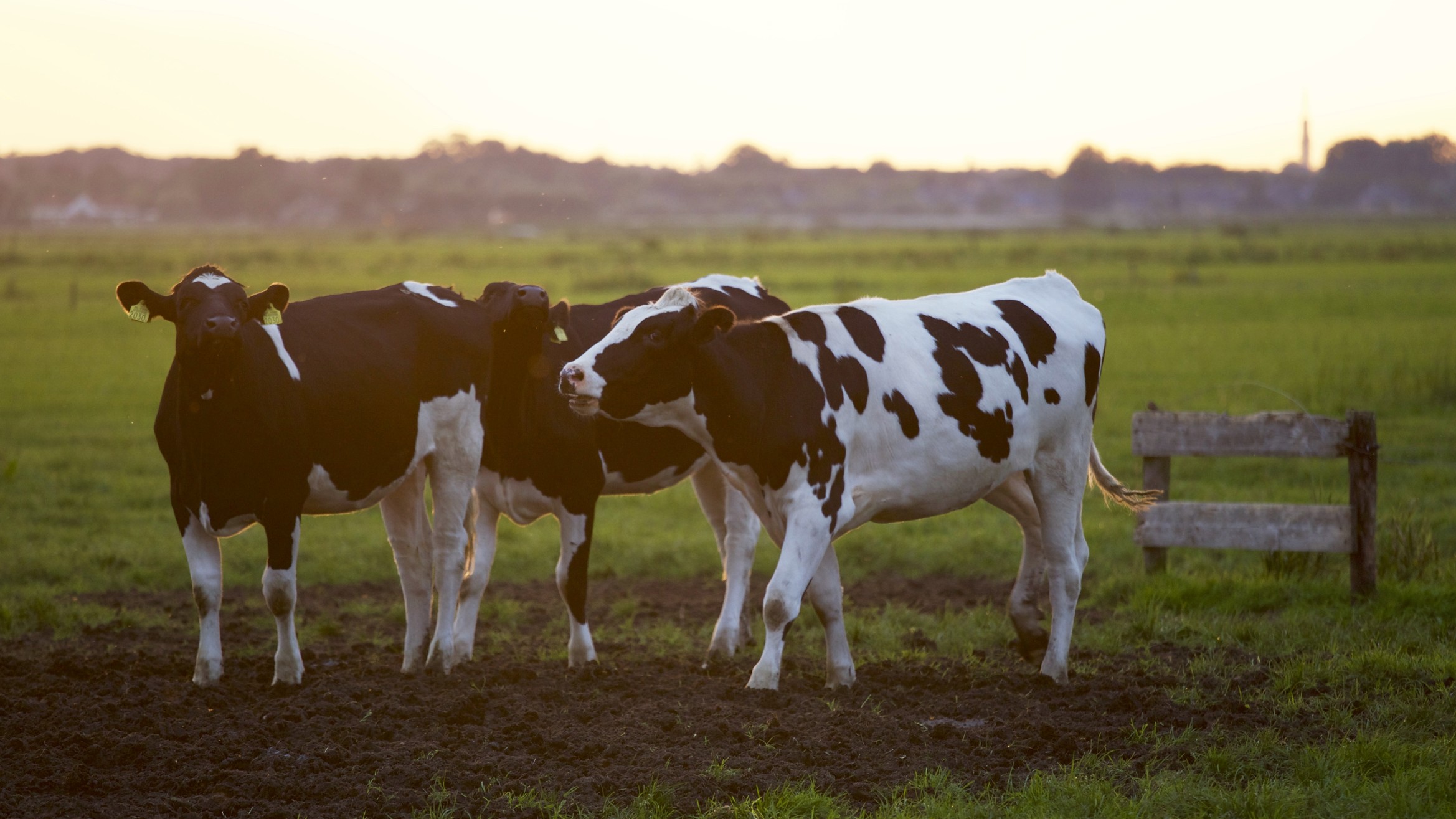Discover how advancements in data analysis and a deeper understanding of emissions intensity can pave the way for significant progress in meeting national and international commitments towards achieving net zero emissions.
In our recent webinar, Technical Director for Sustainability Hugh Martineau and Senior Livestock Consultant James Husband discussed how data modelling can revolutionise the way we understand and reduce emissions in the UK dairy industry. The pair delved into national and international reporting standards and commitments set to help meet net zero emissions targets, and discussed the power of measuring greenhouse gas emissions on-farm.
“We need to understand with far greater granularity the emissions that are arising from specific farms within our supply chain, so we can report more accurately on our emissions and develop an emissions reductions strategy.” Explained Hugh.
One of the key components highlighted in the episode is the Map of Ag “What If Calculator,” a scenario planning tool that can help develop an emissions reduction plan for farms. The calculator can quantify the impact of different management practices and prioritise actions to achieve the largest emissions reductions. A significant finding was that changing one parameter, such as the emissions intensity of concentrate feed, could dramatically reduce emissions intensity by up to 25%. There are also large reductions possible with improving cow longevity, and smaller but significant effects of reducing calving intervals and age at first calving.
Hugh and James also explored the complexities of the Intergovernmental Panel on Climate Change (IPCC) guidelines for emissions calculations and the world of methane methodology. The pair discussed the variability of dairy emissions across different breeds and systems. James gave an insight to feed types and how this can impact outcome from a production and emissions perspective.
“Concentrate feed has a much higher embedded emissions compared with forages, probably a factor of 10 more. So as we push more concentrate feed into the herd, we get marginal increases in yield with smaller responses as the amount of concentrate increases. The crucial question is whether we actually get enough extra milk to dilute the overall emissions intensity, especially for high input systems.” Said James.
The tool calculates the overall emissions intensity as parameters change but also shows feed protein efficiency and nitrogen use efficiency which are important areas to tackle in reducing the environmental impact of dairying.
The webinar demonstrated how improvements in data modelling and understanding the true impact of emissions reduction methods can help farmers and their advisors prioritise actions specific to individual farms. By taking a more targeted approach to reducing emissions, the UK dairy industry can make significant strides in meeting national and international commitments to achieve net zero emissions.
Ultimately, the use of innovative tools like the What If Calculator and a more in-depth understanding of emissions intensity can help the dairy industry take important steps towards reducing its environmental impact.


